
It’s the beginning of 2018 and people are already asking me what watches I think we are going to see debuted at the SIHH and Baselworld 2018 watch and jewelry trade shows. After receiving these questions, I like to remind people that watch companies are notoriously secretive and thus what we are likely going to see isn’t necessarily predictable or even a product that is ideally suited to market needs. So rather than predict what brands will do, I’ll share what I feel they should do.
The fact that the watch industry seems slow to respond to market needs is related to the typical production creation lifecycle, which on average is about three years. That means most watches that will debut in 2018 were actually started in 2015 or earlier. There are of course times when companies rush it and produce prototypes which can be made faster, but these watches aren’t typical, and the prototypes usually aren’t anything to get too excited about until the consumer models are released.
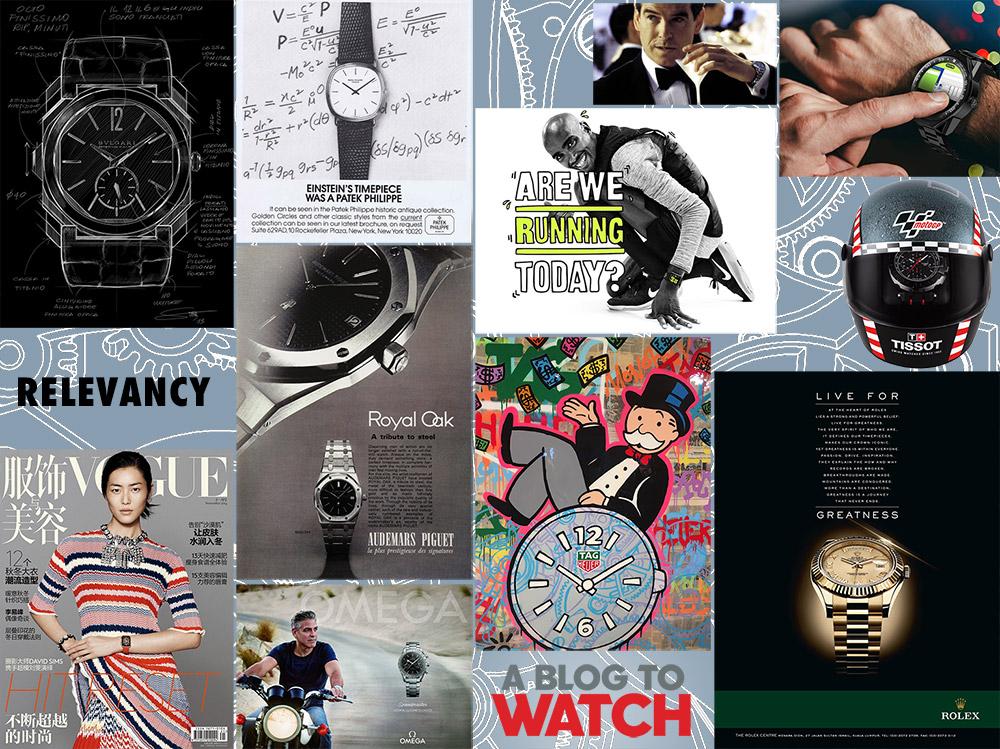
All of this is to say that what the watch industry is coming out with in 2018 isn’t necessarily a response to what we as consumers feel 2018 requires from the watch industry. Some brands will inevitably come out with products which are the right mixture of design and price, but many companies will respond to 2018 watch industry market needs with products in 2020 or later. I say this as a small preamble to explain why sometimes the immediate needs of watch buyers and the output of watch companies are not always aligned.

I spent much of 2017 trying to study what types of watches consumers want these days and why. I’m also curious about trends in less expensive watches, as well as smartwatches. I think one of the biggest problems that the more traditional watch brands face is insular thinking. Rather than look to the outside world for inspiration on what new watches to make, they only look at their own histories. Many of the biggest names in Swiss watches are stuck in a dangerously tight loop of regurgitating their own histories repeatedly until even they don’t know what or who they are copying. I’ve discussed this topic in greater detail here when discussing the luxury watch industry’s maligned relationship with cultural relevancy.
Watches Wearing Today’s Costumes
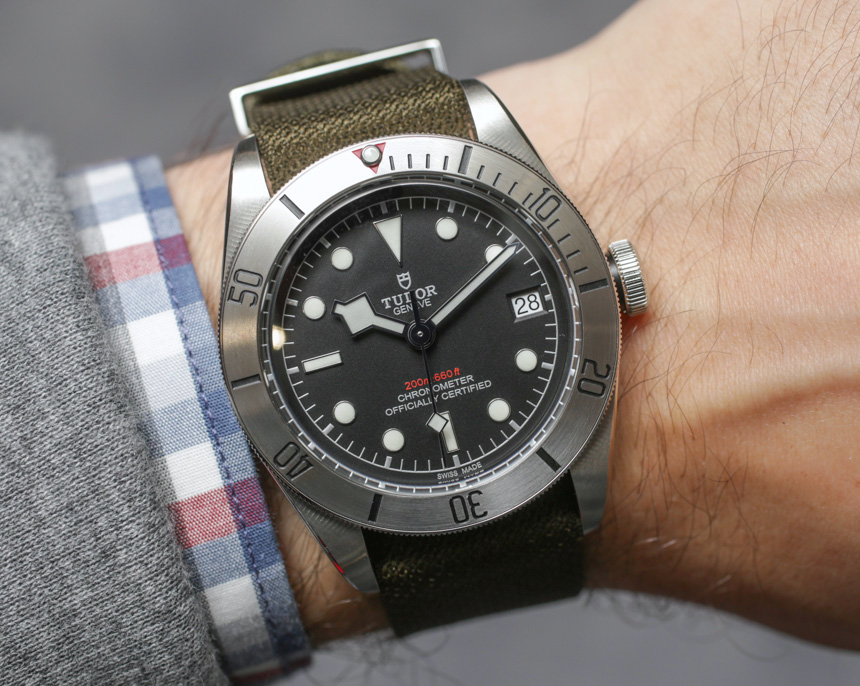
Why bring up the above point again? It leads me to the most important thing I want to see from the watch industry in 2018, and that is new watches inspired by things that are important today. A lot of vintage sport and dress watches were successful in their heyday because their designs were inspired by technological or culturally important things such as car racing and the space program.
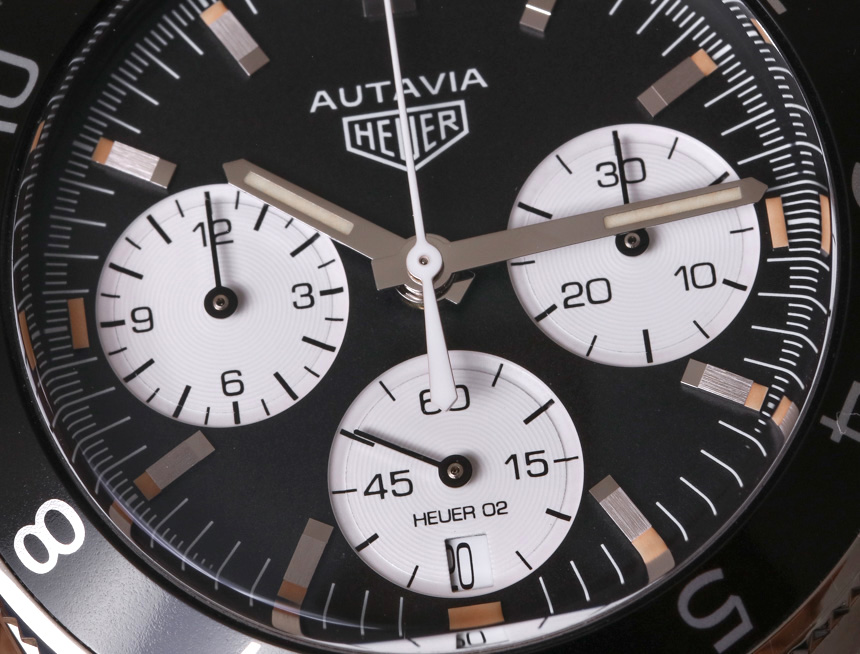
Today’s culture is dominated by entirely different types of technology and events. Nevertheless, a lot of watch brands are still making new watches that are inspired by things that went out of style years ago. The best-case scenario is when watchmakers find a “timeless” design that can look attractive past a design’s “normal” expiration date. The watch industry has done this, over and over again as they produce almost endless remakes and rehashes of older watches. Don’t get me wrong, many of these remakes are extremely satisfying, but too many of them ruin a good thing.
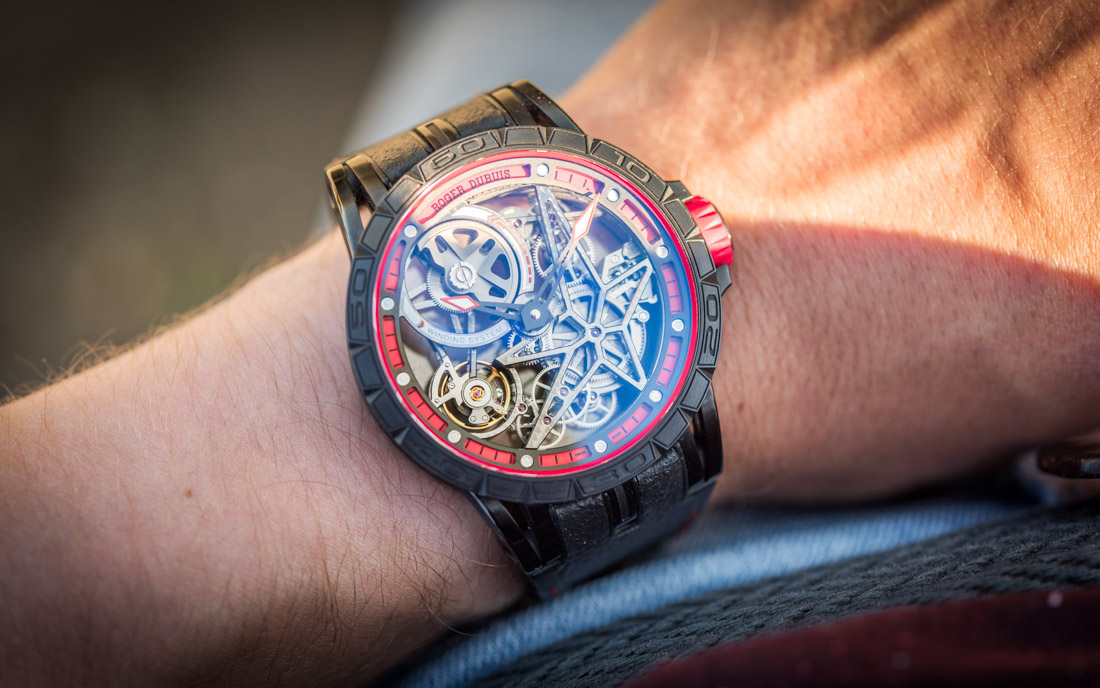
There of course are many instances when a designer can be innovative in a design that really does act as a hallmark of today in terms of the aesthetic. Having said that, I find that most of these watches are so niche in nature due to their high pricing, that they aren’t truly able to have an impact on collectors.
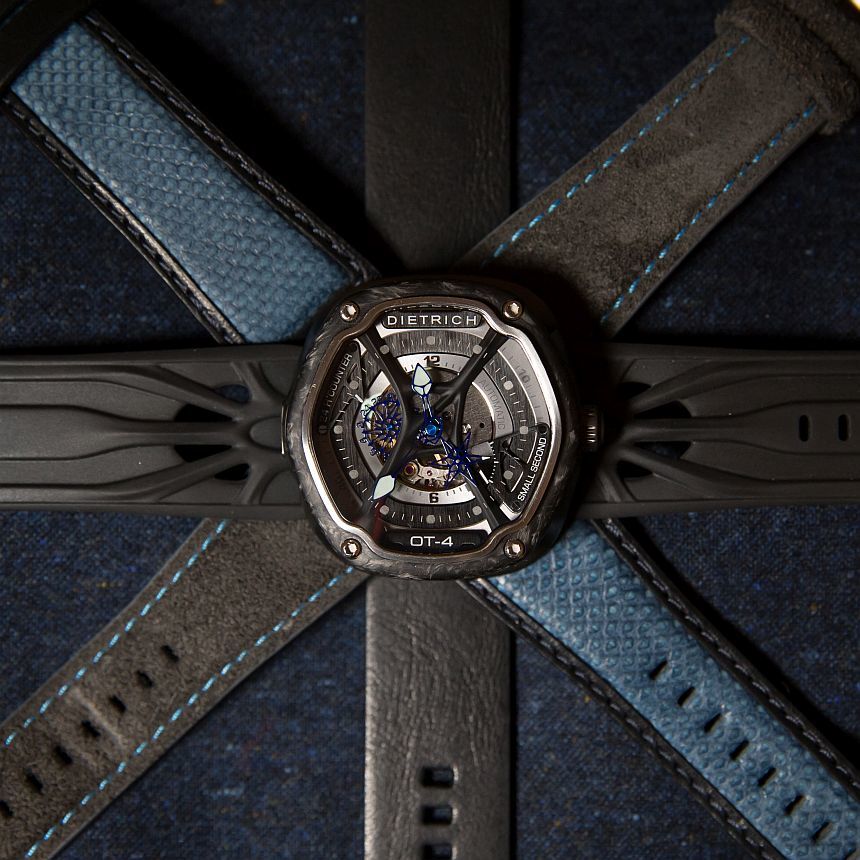
In my opinion, innovative and contemporary designs pull little weight unless they come in packages which can be consumed by more than a few dozen people per year. This tendency is so common in luxury items, that in many instances, more mainstream products that “borrow” design elements from original items are the products which truly profit from those new designs.
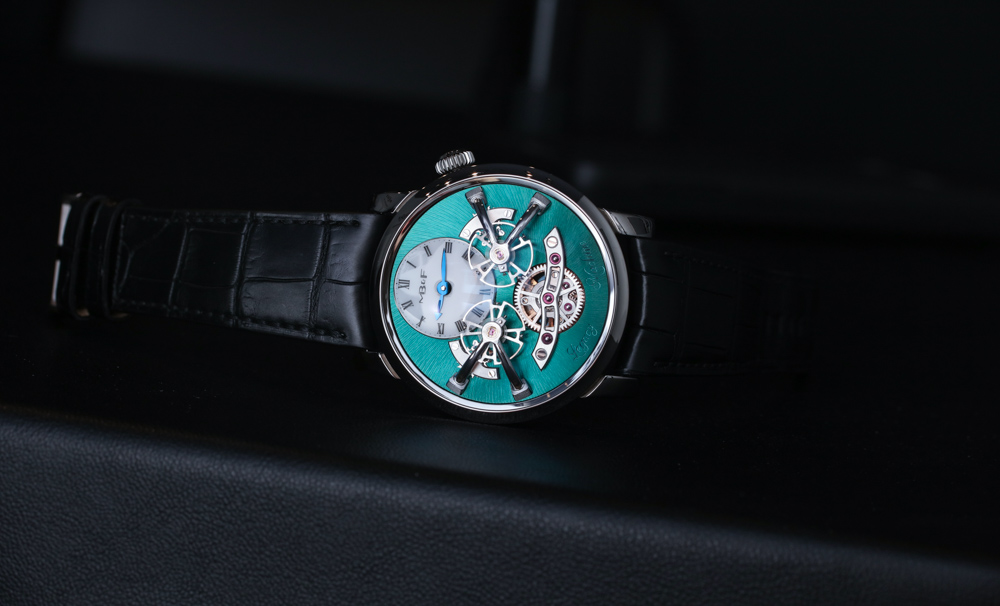
Watch companies producing timepieces at $5,000 and under have an obligation to today’s watch lovers to produce watches more directly inspired by today’s technological and athletic feats. Let me further clarify that it isn’t enough to make a watch with an old, or existing design in honor of today’s culture that matters. It is important for those watches to be directly and visually inspired that culture.
The analogy I want to make is to consider a watch having a traditional body (in terms of how it works and is constructed), but that is wearing contemporary clothing over that body (the costume). Thus, the types of watches I want to see in 2018 from brands small and large are those that are traditional underneath, but dressed to party today.

Materials That Matter
One of the very interesting things about watch consumer behavior is that people today are highly motivated by materials (and colors). People often take more interest in a watch because it comes in a material they like (or are looking for).
Material preferences are based on three different criteria. The first is a visual style people are looking for, the second is a price point the consumer is trying to reach (or avoid), and the third is the desired utility of some functional value of the material (for example, lightweight or scratch-resistant). Yet, the watch industry often doesn’t seem to understand how these criteria factor into what consumers want to spend.
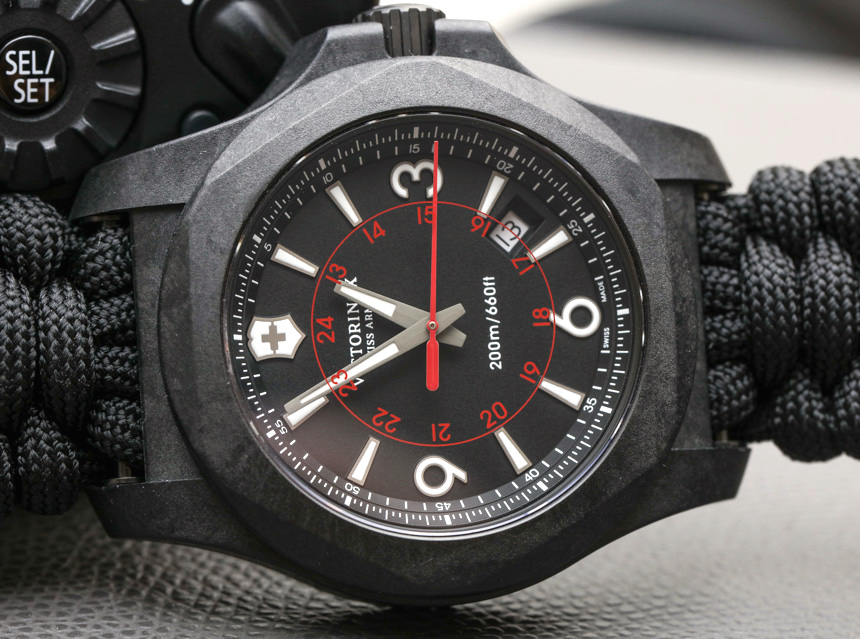
The watch industry has been pretty good about responding to consumer demands for materials and is also good at experimenting with new ones. Having said that, there is still a strange attempt to “luxurify” new or novel materials in ways that don’t correspond with their value. Carbon watches are a good example. When these first came out, they were extremely expensive. Suddenly, very cheap watches with carbon cases started to come out – and proved to consumers that while the material was cool, there was nothing particularly exclusive about it. Eventually the luxury watch industry conceded that carbon was not in fact worth more than steel (or gold) and started to use it as an entry level product material. This is an example of the watch industry trying too hard to hold on to luxury pricing of precious metals in materials that simply do not cost as much to produce or acquire.
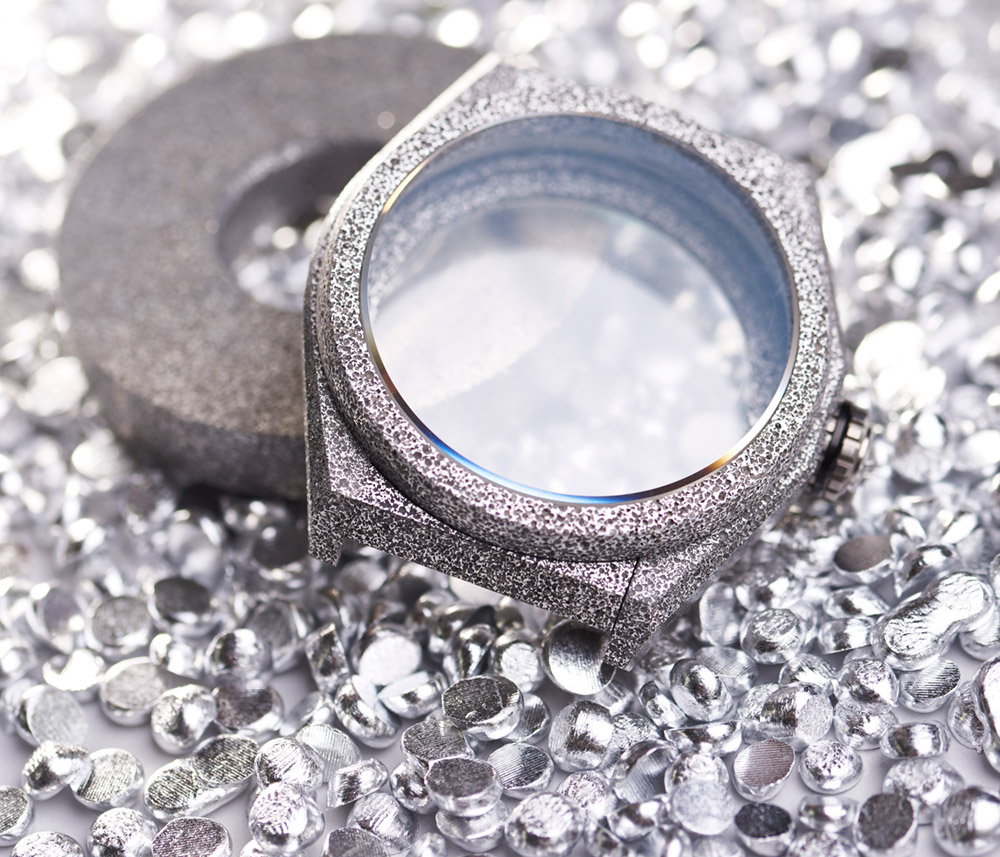
In simple terms, watch brands do respond well to consumer demand for variety and specificity in materials. But too often, value propositions are thrown out the window and material choices simply feel random. For example, brands are often correct to replace metal bezels with more scratch-resistant ceramic ones, but at the same time they will do something like produce a watch in gold, that people really only want to buy in steel.

